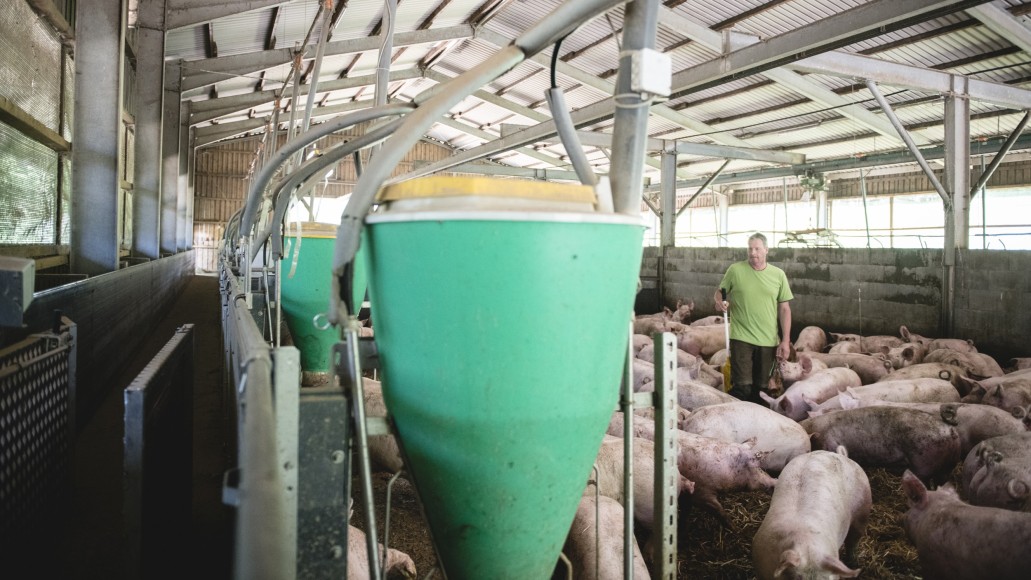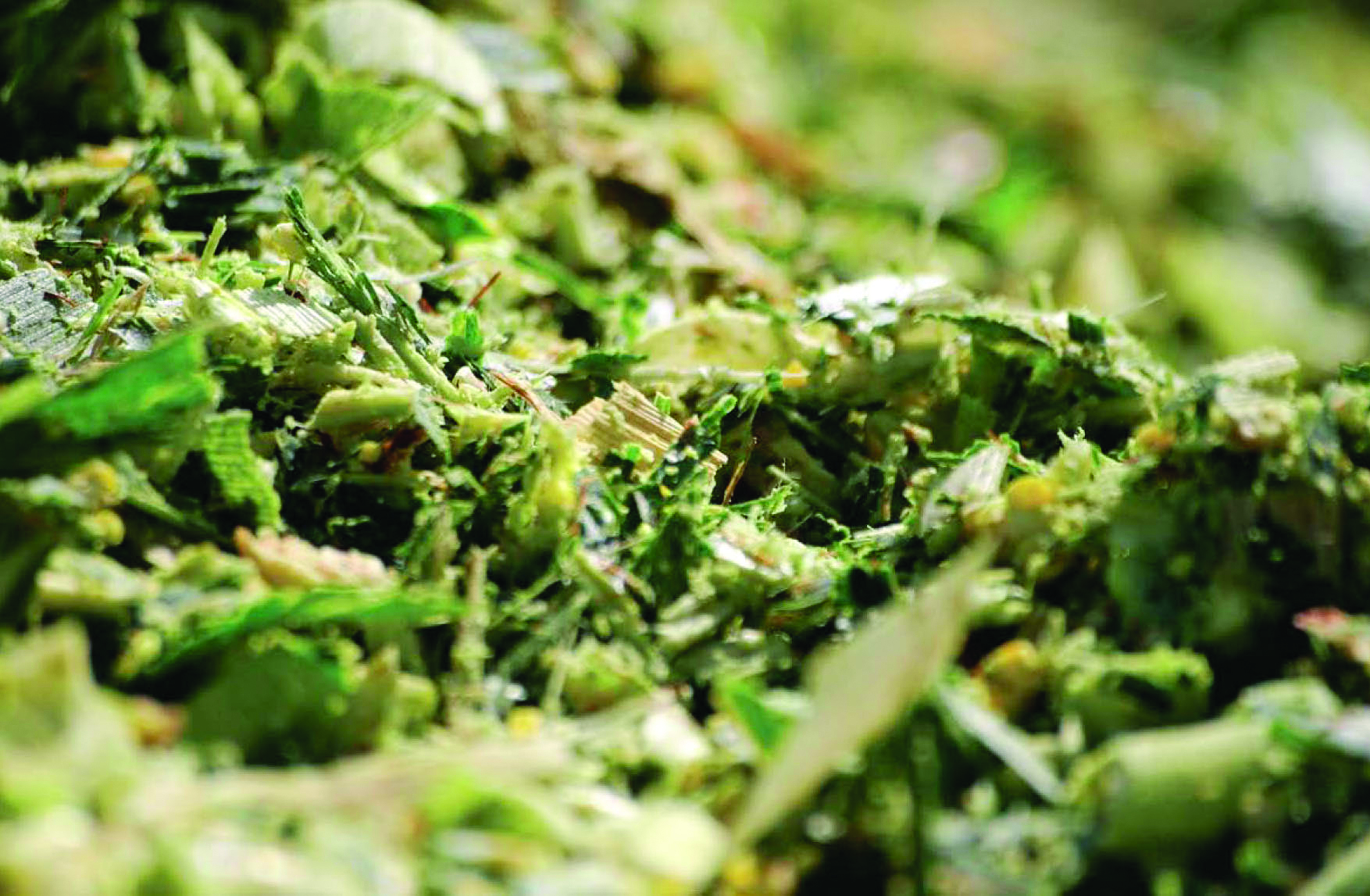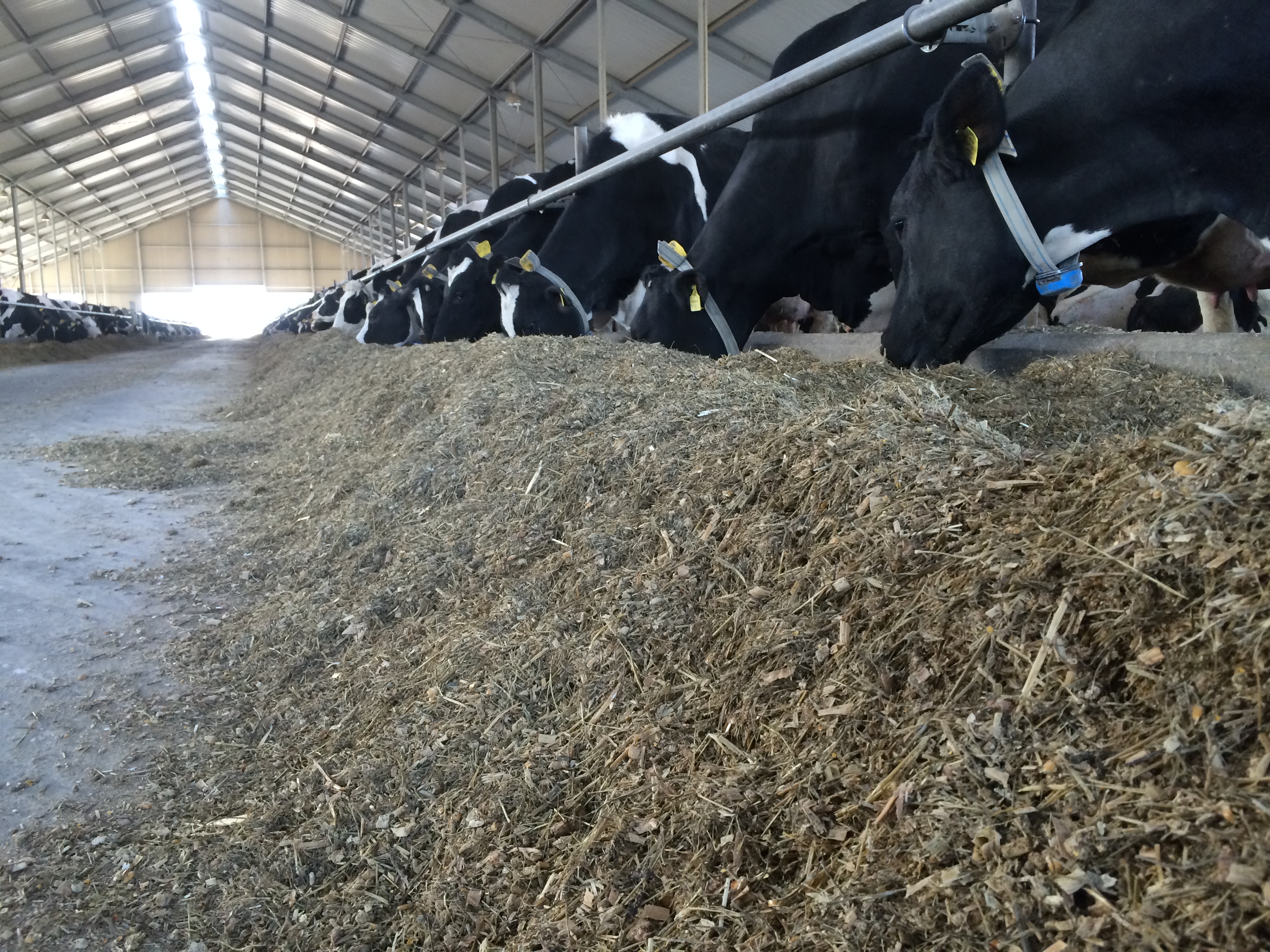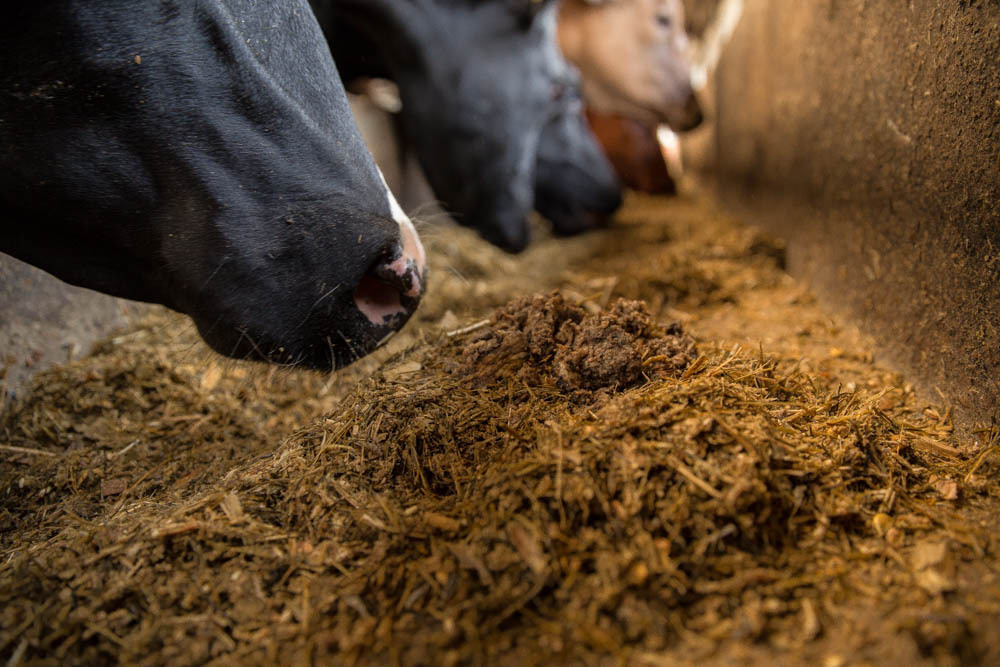Information on feeding cattle and pigs with maize, sugarbeets and rye
Animal feed is an important use for many harvested products. Feeding to livestock elevates the plant product into a higher-quality food for human nutrition.
In this way, milk, meat and eggs are produced on the basis of high-quality fodders produced in agricultural operations.
Learn about the many possible uses of various types of crops in feeding our livestock here!
You might also be interested in...
Find your consultant
Do you want to know which products fit your regional conditions best? Do you have any trouble with pests or diseases? We will gladly answer any questions you might have to achieve best yields and results.



